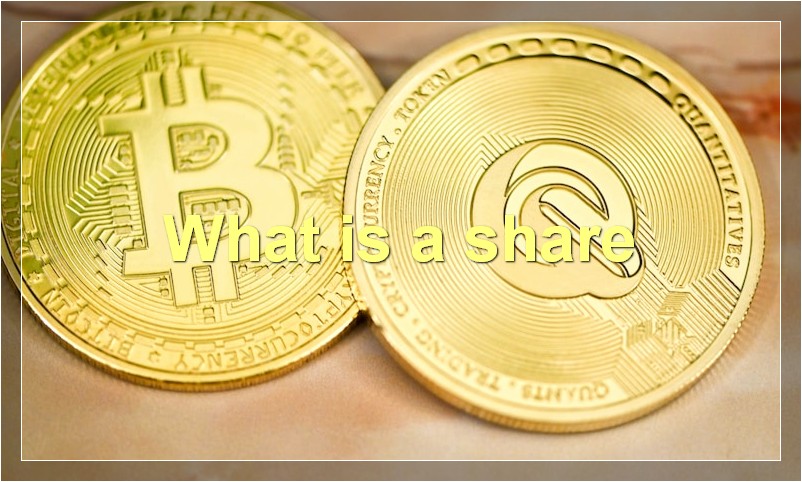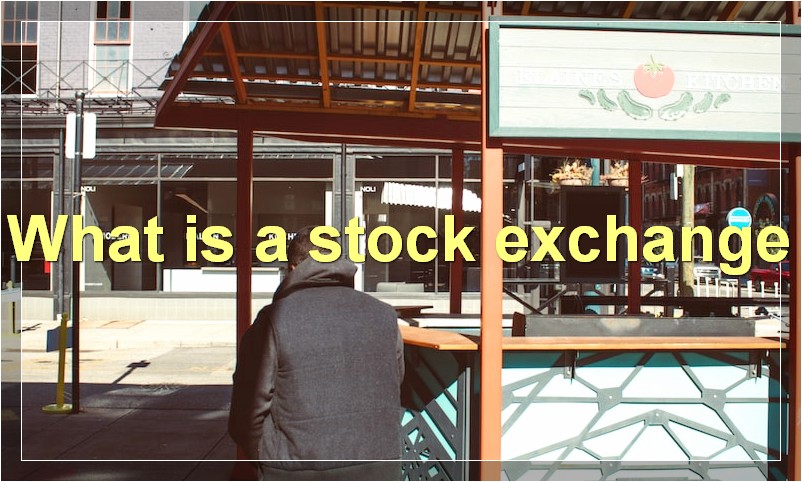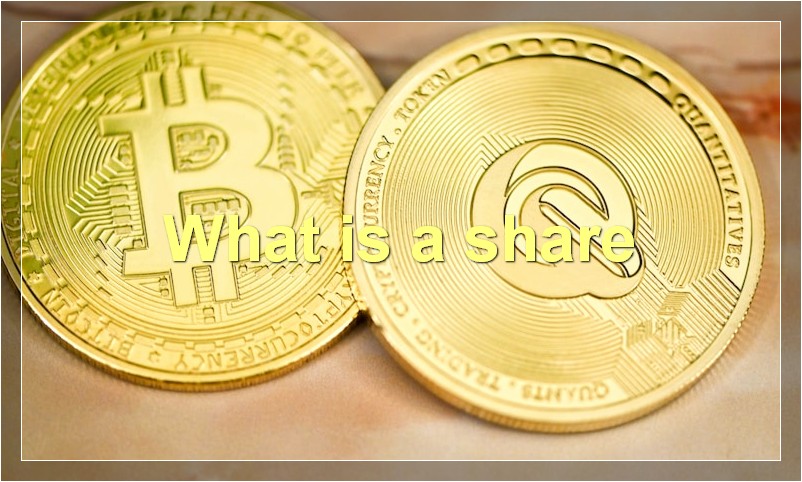If you’re looking to get started in the stock market, this crash course is for you! Learn the basics of how the stock market works, what to look for when investing, and how to avoid common mistakes.
What is a stock
A stock is a type of security that gives the holder a claim on the assets and earnings of a company. stocks are divided into two main types: common stock and preferred stock. Common stockholders have voting rights and may receive dividends, but they do not have priority if the company is liquidated. Preferred shareholders generally do not have voting rights, but they have a higher claim on assets and earnings than common shareholders.
What is a share

A share is a portion of ownership in a company. When you buy shares in a company, you become a shareholder. The more shares you own, the greater your stake in the company.
Shares give you a claim on the company’s assets and profits. They also entitle you to vote at shareholder meetings and stand for election to the board of directors.
owning shares makes you part-owner of the company and entitles you to a share of its profits, which are paid out as dividends. Dividends are usually paid twice a year.
Shares can be bought and sold on stock exchanges. The price of a share is determined by supply and demand. Shares that are in high demand will trade at a higher price than those that are not.
What is the stock market
The stock market is a collection of markets where stocks (pieces of ownership in businesses) are traded between investors. It usually refers to the exchanges where stocks and other securities are bought and sold. The stock market can be used to measure the performance of a whole economy, or particular sectors of it.
What are stock market indices
A stock market index is a mathematical average that measures the performance of a group of stocks. This average can be used to track the performance of an entire stock market, or a specific sector of the market.
What is a ticker symbol
A ticker symbol is an alphanumeric code that identifies a security traded on a financial market. Ticker symbols are typically used to identify stocks, bonds, ETFs, and mutual funds.
What is a stock exchange

A stock exchange is a place where people can buy and sell stocks. A stock is a piece of ownership in a company. When you buy a stock, you are buying a small piece of the company. When you sell a stock, you are selling your piece of the company.
The stock exchange is where companies list their stocks for sale. It is also where investors buy and sell stocks. The stock exchange is like a market. There are buyers and sellers. The price of a stock goes up and down based on what people are willing to pay for it.
The stock exchange is a place where you can make a lot of money, but you can also lose a lot of money. It is important to do your research before you invest in stocks. You should also diversify your portfolio so that you are not putting all of your eggs in one basket.
What is a blue chip stock
A blue chip stock is a stock that is considered to be a very safe investment. These stocks are usually from large, well-established companies that have a history of paying dividends to shareholders. Blue chip stocks are often used by investors as a way to generate income, as they typically have high dividend yields.
What is a penny stock
A penny stock is a low-priced publicly traded stock, typically under $5 per share. These stocks are generally considered to be highly speculative and risky because they are often not well known, have a small market capitalization, and trade infrequently. For these reasons, penny stocks are often associated with scams and fraud.
What is short selling
Short selling is the sale of a security that is not owned by the seller, in the hope that the security will fall in price so it can be bought back at a lower price and the difference between the two prices represents a profit.
What is a bear market
A bear market is a prolonged period of falling stock prices. It is typically defined as a decline of at least 20% from the peak of the market. A bear market can be caused by a number of factors, including economic recession, high interest rates, and investor pessimism.

